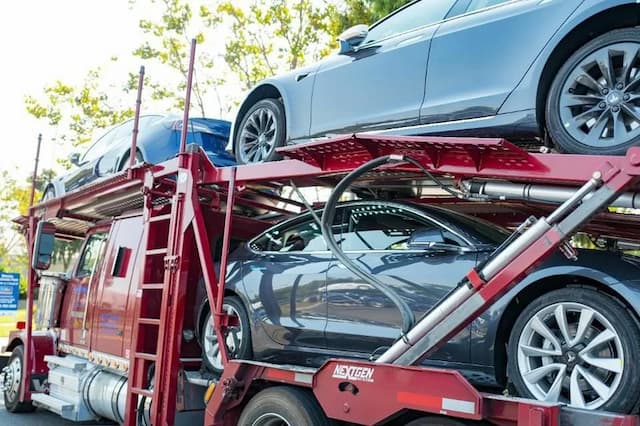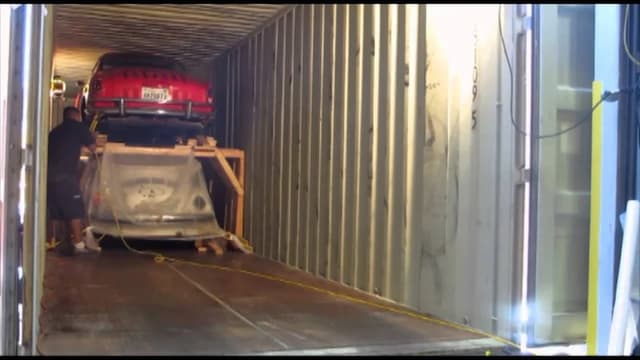Navigating Car Transport in Santa Fe, NM
When it comes to shipping your car in New Mexico, there's a world of factors to consider. New Mexico, with its diverse desert landscapes, high altitude conditions, and unique geographical challenges, presents a distinct set of circumstances. But don't worry! Here at CitizenShipper, we are committed to helping you navigate through it all. Whether you're moving into or out of Santa Fe or need to transport your car for any reason, our expert team is here to help.
New Mexico's Vehicle Transportation Laws & Regulations
In New Mexico, car transportation laws and regulations are in place to ensure the safety and preservation of all vehicles and public roadways. Auto transporters must adhere to the Federal Motor Carrier Safety Administration (FMCSA) regulations for safety. Compliance involves ensuring that all vehicles are properly secured during transport and maintaining necessary documents for every shipped vehicle.
All auto transporters operating in New Mexico must also possess an active MC Docket number, issued by the FMCSA. This number signifies that a transportation company is registered under the federal government, allowing them to legally operate across state lines. Additionally, New Mexico has specific weight restrictions on highways that transporters must follow, which can affect how many vehicles can be shipped at once.
Weather & Terrain Considerations in Santa Fe, NM
Weather patterns in Santa Fe, NM have a significant impact on car shipping. With a semi-arid climate, the city experiences hot summers and cold winters with significant temperature fluctuations between day and night. The area receives moderate snowfall in winter months (typically November through March), which can temporarily impact shipping routes and delivery times.
Santa Fe sits at an elevation of around 7,000 feet above sea level, making it one of the highest state capitals in the United States. This high-altitude location combined with the surrounding mountainous terrain of the Sangre de Cristo range can present shipping challenges, particularly during winter months. Mountain passes may become difficult to navigate after snowfall, and transporters need to account for elevation changes when planning routes. It's beneficial to plan ahead and account for possible weather-related delays, especially during winter months or the summer monsoon season when afternoon thunderstorms are common.








